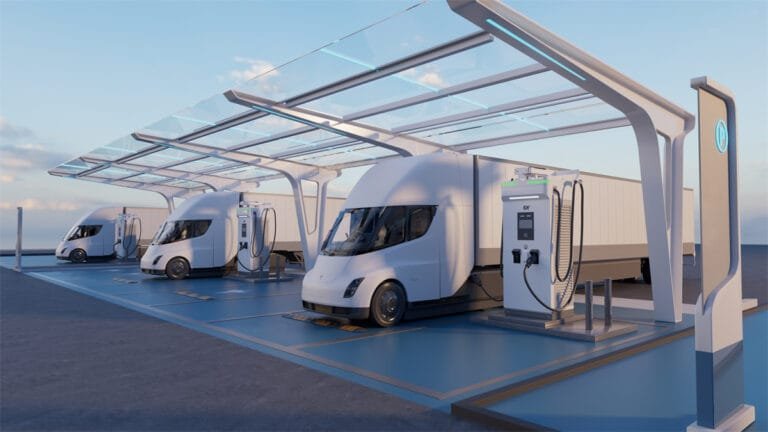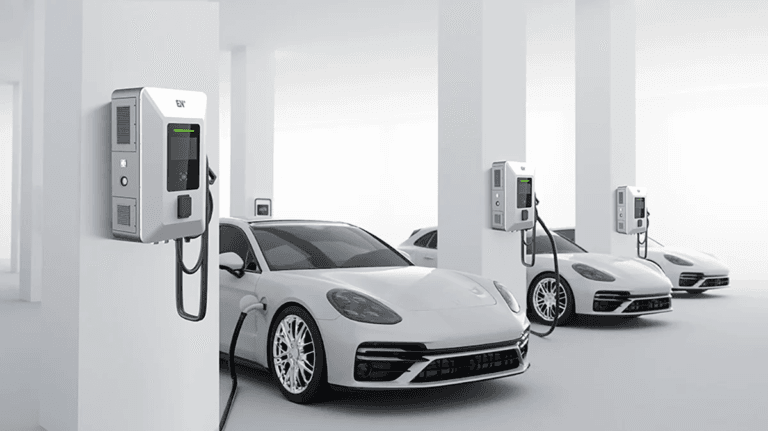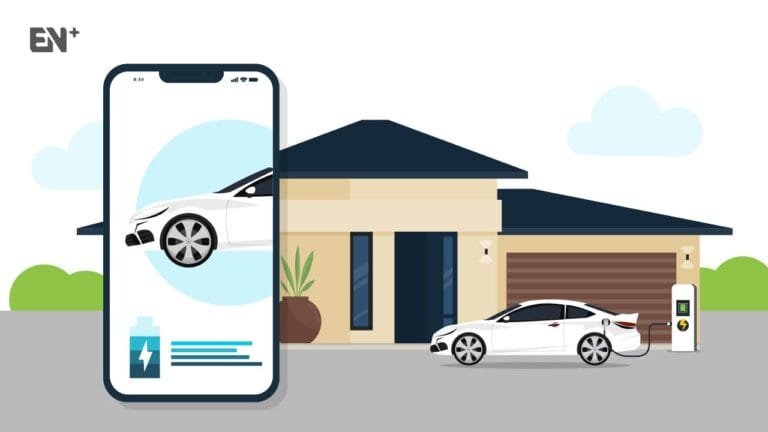Introduction
According to McKinsey’s latest charging infrastructure study, poorly situated charging stations typically achieve utilization rates below 5%, while strategically placed ones can exceed 20%. This dramatic difference directly affects profitability.
“Location selection is the single most important factor in charging station success,” says Pasquale Romano, CEO of ChargePoint, one of the world’s largest charging networks. “Get it right, and you’ve laid the foundation for sustainable profits. Get it wrong, and you’ll struggle regardless of other factors.”
As we delve deeper into this guide, we’ll explore the key factors that contribute to high-profit locations, analyze various location types, consider financial aspects, and share best practices. By the end, you’ll have a comprehensive understanding of how to choose the best location for your charging station, maximizing your chances of long-term success in this rapidly evolving market.

Key Factors for High-Profit Locations
Selecting the right location for an EV charging station is crucial for its success and profitability. Several key factors contribute to making a location highly profitable. Let’s explore these factors in detail:
Demographic Data and EV Adoption Rates
Understanding the demographic profile of an area is essential when choosing a location for an EV charging station. Recent studies have shown significant correlations between certain demographic factors and EV adoption rates.
According to a 2024 study on demographic disparities in EV adoption, age and gender play crucial roles. The research indicates that older individuals and females are less likely to own electric vehicles, particularly Tesla models. Additionally, there are notable differences in adoption rates among various ethnic groups.
A 2023 EV Driver Survey by Plug In America revealed that access to low-cost home charging was the most significant economic factor in EV adoption. This suggests that areas with a higher concentration of single-family homes or apartment complexes with dedicated parking might be more promising for EV charging station installations.
When analyzing potential locations, consider the following demographic factors:
- Age distribution of the population
- Income levels
- Education levels
- Housing types (single-family homes vs. apartments)
- Percentage of homeowners vs. renters
Traffic Patterns and Accessibility
High-traffic areas with easy accessibility are typically more profitable for EV charging stations. A 2024 Pew Research study found that 64% of Americans live within 2 miles of a public charging station, and those who live closest to chargers view EVs more positively. This proximity effect can create a virtuous cycle of increased EV adoption and charging station usage.
When evaluating traffic patterns, consider:
- Average daily traffic counts
- Peak traffic hours
- Proximity to major highways or thoroughfares
- Ease of entry and exit from the charging location
- Visibility from main roads

Proximity to Amenities and Attractions
EV drivers often prefer charging stations located near amenities where they can spend time while their vehicles charge. A 2024 study published in Nature explored the broader economic impact of EV charging stations on nearby businesses. The research, which analyzed data from over 4,000 charging stations and 140,000 business establishments, found a positive correlation between charging station locations and local economic vitality.
Consider proximity to:
- Shopping centers and malls
- Restaurants and cafes
- Parks and recreational areas
- Entertainment venues
- Office complexes
Competition Analysis
Understanding the existing charging infrastructure in an area is crucial. The International Energy Agency’s Global EV Outlook 2023 reported that there were 2.7 million public charging points worldwide at the end of 2022, with over 900,000 installed in that year alone – a 55% increase from 2021.
When analyzing competition:
- Map existing charging stations in the area
- Assess the types of chargers available (Level 2, DC Fast Charging)
- Evaluate the utilization rates of nearby stations
- Identify any gaps in the current charging infrastructure
Local Regulations and Incentives
Local and state regulations can significantly impact the profitability of EV charging stations. Some regions offer incentives for installing charging infrastructure, while others may have strict zoning laws or permitting processes.
A 2024 report on EV charging for multifamily housing highlights the importance of understanding local regulations, particularly for different types of charging stations (e.g., Level 2 vs. DC Fast Charging).
Consider the following:
- State and local incentives for EV charging infrastructure
- Zoning laws and building codes
- Permitting processes and timelines
- Utility rates and demand charges
- Future policy projections that may affect EV adoption or charging infrastructure
Analyzing Different Location Types
When it comes to selecting the ideal location for an EV charging station, different types of locations offer unique advantages and challenges. Let’s explore the most common and potentially profitable location types for EV charging stations in 2024:
Urban Centers
Urban centers remain a prime location for EV charging stations due to their high population density and the increasing adoption of EVs in cities.
- Advantages: High foot traffic, diverse customer base, potential for 24/7 usage.
- Challenges: Limited space, higher installation costs, potential grid constraints.
- Best Practices: Focus on fast-charging options to accommodate quick turnover. Partner with local businesses or municipal parking facilities.
According to a 2023 report by the U.S. Department of Energy, urban areas continue to see significant growth in EV charging infrastructure, highlighting the ongoing demand in these locations.
Suburban Areas
Suburban locations are becoming increasingly attractive for EV charging stations, especially as EV adoption grows among homeowners.
- Advantages: More space for installation, potential for overnight charging, growing EV ownership in suburbs.
- Challenges: Lower foot traffic compared to urban centers, potentially slower return on investment.
- Best Practices: Focus on Level 2 chargers for longer dwell times. Consider partnerships with residential complexes or local shopping centers.
The National Renewable Energy Laboratory’s 2030 National Charging Network report emphasizes the importance of suburban charging to support long-distance travel and local charging needs.
Highway Rest Stops
Highway rest stops are crucial for supporting long-distance EV travel and addressing range anxiety.
- Advantages: Captive audience, support for long-distance travel, potential for high utilization rates.
- Challenges: High installation costs for high-power chargers, potential grid capacity issues.
- Best Practices: Install DC fast chargers to minimize charging time. Ensure adequate amenities for drivers during charging sessions.
The U.S. Department of Transportation’s National Electric Vehicle Infrastructure (NEVI) program is actively supporting the development of charging infrastructure along highway corridors, making this an increasingly attractive option.

Shopping Centers and Malls
Shopping centers and malls offer a symbiotic relationship between EV charging and retail activities.
- Advantages: Extended dwell times, multiple amenities for drivers, potential for increased foot traffic to stores.
- Challenges: Competition for parking spaces, potential for charger hogging.
- Best Practices: Mix of Level 2 and DC fast chargers to accommodate different shopping durations. Implement smart charging systems to manage usage.
A 2024 Consumer Reports analysis found that major retailers like Costco, Ikea, Target, and Walmart are increasingly offering EV charging stations, though there’s still significant room for expansion.
Workplace Charging
Workplace charging is becoming an essential factor in EV adoption, particularly as more companies prioritize sustainability.
- Advantages: Long dwell times during workdays, potential employee benefit, support for corporate sustainability goals.
- Challenges: Limited public access, potential for oversubscription among employees.
- Best Practices: Implement a mix of Level 1 and Level 2 chargers. Consider smart charging systems to manage demand and costs.
According to a 2023 Boston Consulting Group study, workplace charging accounts for a significant portion of charging time among EV owners with access to home and workplace chargers, highlighting its importance in the charging ecosystem.

Multi-Unit Dwellings
While not traditionally considered a “public” charging location, multi-unit dwellings represent a growing opportunity for EV charging infrastructure.
- Advantages: Addresses the needs of EV owners without access to home charging, potential for overnight charging.
- Challenges: Complex installation process, potential resistance from property managers or HOAs.
- Best Practices: Focus on Level 2 chargers. Work closely with property management to develop fair usage policies.
A 2024 report on EV charging for multifamily housing highlights the growing importance of this sector in supporting widespread EV adoption.
Conclusion
Selecting the optimal location for an EV charging station requires balancing multiple key factors. From demographics to traffic patterns, from amenities to competition analysis, each factor directly impacts station success. The data clearly shows that strategically placed stations can achieve utilization rates exceeding 20%, while poorly located ones may struggle with rates below 5%.
By following the analytical framework and best practices outlined in this guide, charging station operators can significantly improve their chances of success. As demonstrated in EN Plus’s expert guide, wise location decisions will lay the foundation for long-term charging station success.


